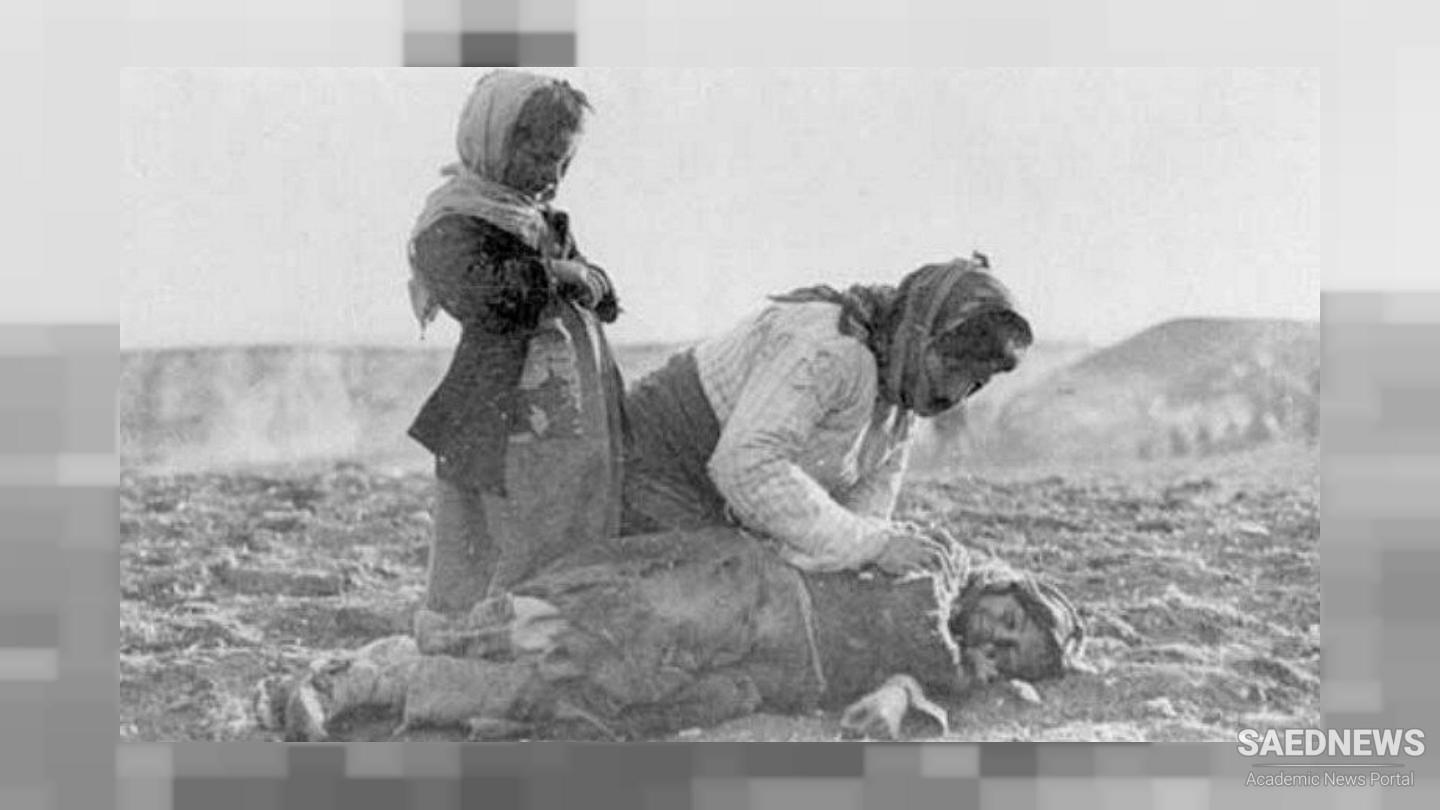War increased Iran’s dependency on European markets at a time when the economy of its major partner, Russia, had come to a complete standstill because of the revolution there. The German economy was in recession, and Ottoman markets were depressed because of the defeat in the Great War and the ensuing civil war. Britain remained the only viable partner, and trade thrived along the newly revived Basra-Kermanshah-Hamadan route. Yet even the British economy was in the grips of hyperinflation, with a labor revolt both at home and in British India. As a result, Iranian export commodities such as wool, carpets, cotton, tobacco, and opium became less marketable.
The Iranian countryside was more volatile than it had been since perhaps the eighteenth century, largely because of the volume of firearms dispersed by German and British agents during the war among the Qashqa’i, the Bakhtiyari, the Lurs, the Kurds and the tribes of the southern Fars or looted after 1917 from Russian armories. The effects of gunrunning and increased tribal unrest were twofold: they reduced the economic productivity of nomadic regions and made the trade routes through those regions insecure. Aside from tribal rebellions, by the close of the Great War there were at least fifteen groups of bandits wreaking havoc in smaller cities and ravaging the countryside. No doubt the war economy did create its own profiteers, smugglers, and suppliers of provisions to the occupying armies. This class of traders and merchants gradually came to compete with, though not supplant, established merchants in large cities.
Throughout the 1910s, political unrest and economic downturn weakened the enterprising spirit of the mercantile bourgeoisie that had emerged from the Constitutional Revolution. Enthusiasm sapped for new industrial initiatives such as cotton mills, textile factories, sugar refineries, and banking establishments. By the end of the war, the merchant class that a decade earlier had acted as the engine behind the revolution in Tabriz, Baku, Isfahan, Kerman, and Tehran had run out of steam. Even in the province of Gilan, where the merchants of Rasht and Anzali first collaborated with Kuchak Khan in hopes of maintaining a semblance of stability, soon came to be terrorized by the excesses of Jangal radicals. The pro-Bolshevik faction of the Jangal movement adapted a hostile attitude toward large landowners and merchants of the province. Their Russian Bolshevik counterparts had already ruined the affluent merchant community of Baku across the Caspian, a community once supportive of the Iranian constitutionalists.
On a broader scale, starvation and abject poverty became familiar features of the Iranian landscape. Memoirs, reports, and photographs from the end of the war reveal multitudes of beggars in rags; malnourished children clinging to their parents searching for food; day laborers with sunken eyes weakly searching through the rubble; and crowds of angry women gathering in front of government offices to protest food shortages, the deteriorating quality of bread, and swindlers. The sight of strangers dying of hunger or disease on street corners was not uncommon. Even more common were starving people hunting stray dogs and cats, and rats in basements and water holes. Rumors of young children being snatched and eaten circulated with the same rapidity as reports of the Bolsheviks breaching Tehran’s walls.
For the Iranians, it was as if the entire world around them were crumbling. Looking beyond their borders, they saw how the neighboring Ottoman Empire, in its death throes, had birthed competing nationalist entities. That Arab nationalist regimes were first nursed by European powers and then exploited by them under the guise of the “mandate” regimes, so as to advance the British and the French colonial ambitions, was a fact not entirely missed by the Iranian intelligentsia. The Russian Empire was no more, and there was no imperial Germany to counter the unnerving pressures of the British Empire. Britain appeared to be the victorious party throughout Palestine, Mesopotamia, and the Persian Gulf, and even in the newly emerging Wahhabi-dominated central Arabia. For Iranians with historical ties to the Shi‘i lands of southern Mesopotamia, the 1920 Shi‘i revolt against British occupation aroused much sympathy if for no other reason than the fact that the revolt included in its leadership several activist Iranian ulama. By October 1920 the British crushed the revolt, a disheartening message especially for a sector of the Iranian population in contact with the large community of mojaverin (those who took residence in the Shi‘i shrine cities of Iraq) or followed the marja‘s in Najaf. Shortly after the creation of Mandatory Iraq, assigned to Britain by the League of Nations in 1921, was an even more striking development: the Mandate almost instantaneously patched together a new country from three heterogeneous and ethnically and religiously diverse provinces of the defunct Ottoman Empire. The emergence of the Republic of Turkey from the ruins of the Young Turks’ military adventures, in contrast, was a success story for neighboring countries. The carving up of the Ottoman lands nevertheless generated more despair and resentment than optimism in the Iranian press.


 British Genocide in Iran: How the Colonialists Killed More Than Two Million Innocent Iranians?
British Genocide in Iran: How the Colonialists Killed More Than Two Million Innocent Iranians?














































